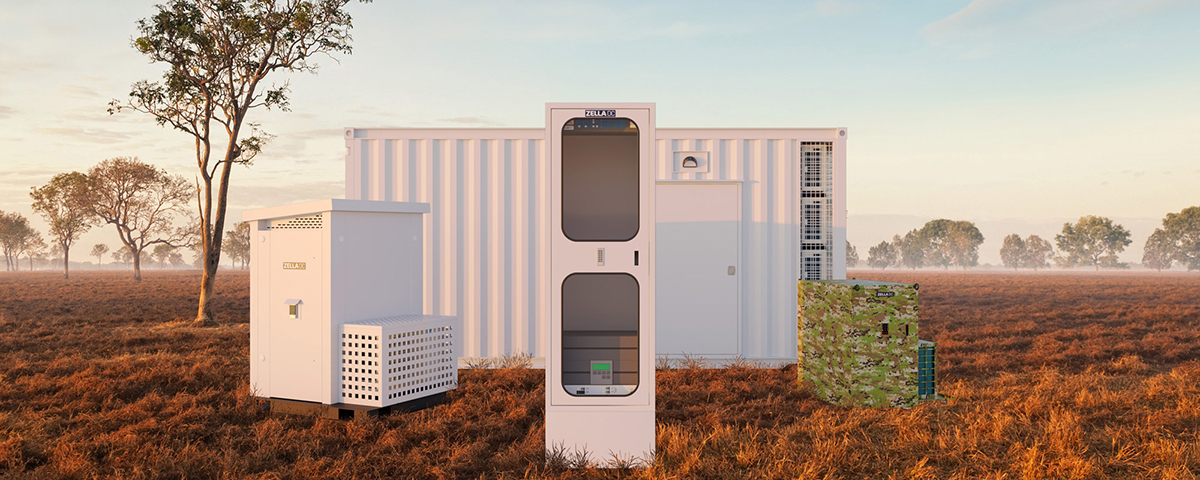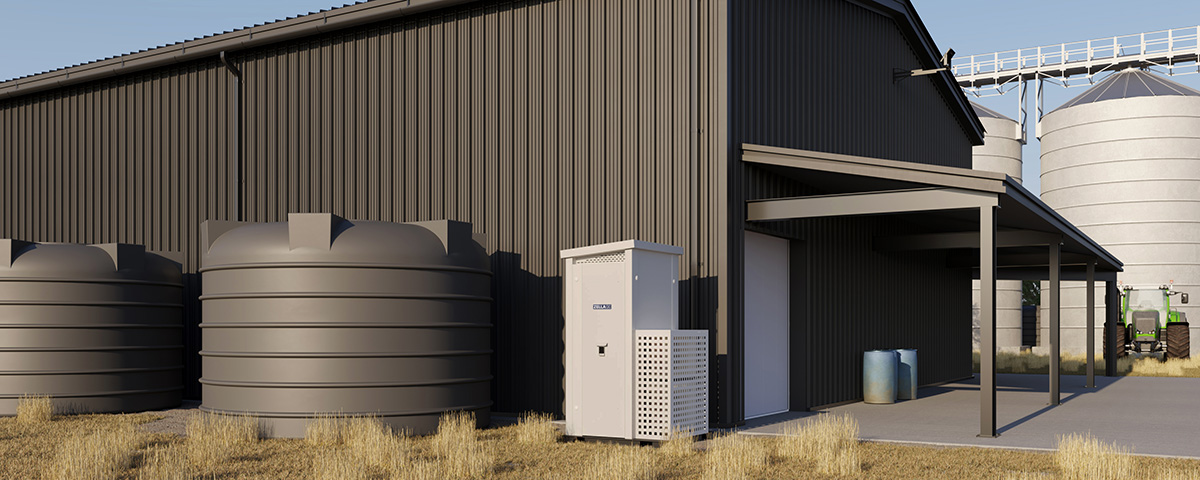Edge computing is reshaping how we process and manage data; central to this transformation are micro data centres and cloudlets, two innovative solutions driving the next generation of computing. But what exactly are they, and how do they work together to enable faster, more efficient, and secure data processing? In this blog, we’ll explore the symbiotic relationship between micro data centres and cloudlets, highlighting their benefits, use cases, and the future they unlock for businesses and consumers alike.
What is a cloudlet?
A cloudlet is a small-scale data centre located at the edge of the network, closer to the end-users or devices generating data. Unlike traditional cloud data centres, which are often located far from the point of data generation, cloudlets are designed to process and store data locally. This proximity reduces latency, enhances real-time processing capabilities, and minimises the load on the central cloud infrastructure.
Cloudlets can be seen as the middle ground between the cloud and the edge. They bring computing resources closer to where they are needed most, making them ideal for applications requiring quick response times, such as augmented reality (AR), virtual reality (VR), Internet of Things (IoT) devices, and autonomous vehicles.
What is a micro data centre?
A micro data centre is a self-contained, small-scale data centre that houses all the necessary components—compute, storage, networking, and power—within a compact, modular unit. Unlike traditional data centres, which require large physical spaces and significant resources to maintain, micro data centres are designed for deployment in a variety of environments, including indoors, outdoors, and even in remote or rugged locations.
Micro data centres offer several advantages, including reduced costs, faster deployment times, enhanced security, and greater flexibility. Their modular nature allows for easy scalability, enabling businesses to expand their infrastructure as needed without the need for large capital investments.
The symbiotic relationship between micro data centres and cloudlets
Micro data centres and cloudlets are not just complementary; they are integral to each other’s success in edge computing environments. Here’s how they work together:
Proximity to end-users – Cloudlets are designed to be close to the end-users to reduce latency and improve real-time processing. Micro data centres, with their compact and modular design, can be deployed in various locations, urban or remote, indoor or outdoor, enabling cloudlets to operate efficiently and effectively.
Scalability and flexibility – As the demand for edge computing grows, so does the need for scalable and flexible infrastructure. Micro data centres can be easily scaled to meet the increasing computational demands of cloudlets. This adaptability ensures that businesses can expand their edge computing capabilities without significant downtime or costs.
Enhanced security – Security is a top priority in any data processing environment. Micro data centres are equipped with advanced security features, including physical protection and cyber defences, making them ideal for housing cloudlets that process sensitive or critical data. This combination ensures that data is not only processed quickly but also securely.
Cost-effectiveness – Deploying traditional data centres at the edge would be prohibitively expensive and logistically challenging. Micro data centres provide a cost-effective alternative, enabling cloudlets to be deployed in a wide range of locations without the need for significant infrastructure investment.
Use cases: where micro data centres and cloudlets shine
The combination of micro data centres and cloudlets unlocks new possibilities across various industries. Here are some of the most impactful use cases:
Smart cities: As urban areas become more connected, the need for real-time data processing at the edge grows. Cloudlets deployed within micro data centres can process data from IoT devices, traffic cameras, and sensors in real-time, enabling smarter traffic management, enhanced public safety, and more efficient energy usage.
Autonomous vehicles: Autonomous vehicles rely on split-second data processing to make decisions on the road. By deploying cloudlets in micro data centres along transportation routes, data from vehicles can be processed locally, reducing latency and ensuring faster response times, ultimately making autonomous driving safer and more reliable.
Healthcare: In the healthcare industry, cloudlets housed in micro data centres can process data from wearable devices, remote monitoring systems, and electronic health records in real-time. This capability enables faster diagnosis, personalised treatment plans, and improved patient outcomes.
Augmented Reality (AR) and Virtual Reality (VR): AR and VR applications require low latency to deliver immersive experiences. Cloudlets, when paired with micro data centres, can process the vast amounts of data generated by these applications locally, ensuring a seamless user experience without the lag associated with distant cloud servers.
Manufacturing: The manufacturing sector is increasingly adopting IoT and edge computing to optimise production processes. Micro data centres deployed on factory floors can host cloudlets that process data from sensors and machines in real-time, enabling predictive maintenance, reducing downtime, and improving overall efficiency.
The future of edge computing: micro data centres and cloudlets leading the way
As the demand for real-time data processing continues to grow, the role of micro data centres and cloudlets will only become more critical. Their ability to work together to bring computing power closer to the end-user is driving the next wave of innovation in edge computing. From smart cities to autonomous vehicles, the possibilities are endless.
At Zella DC, we are committed to providing cutting-edge micro data centre solutions that enable businesses to harness the full potential of edge computing. Our micro data centres are designed to complement cloudlets, offering the flexibility, security, and scalability needed to thrive in this new era of computing.
By integrating micro data centres with cloudlets, businesses can unlock new levels of performance, efficiency, and security, positioning themselves at the forefront of technological advancement. The edge is here, and with it comes a world of possibilities.
The synergy between micro data centres and cloudlets is revolutionising how data is processed, stored, and secured at the edge. By bringing computing resources closer to where they are needed most, businesses can achieve faster processing times, reduce costs, and enhance security. Whether it’s enabling smart cities, supporting autonomous vehicles, or powering the next generation of immersive technologies, the combination of micro data centres and cloudlets is paving the way for a smarter, more connected future.






